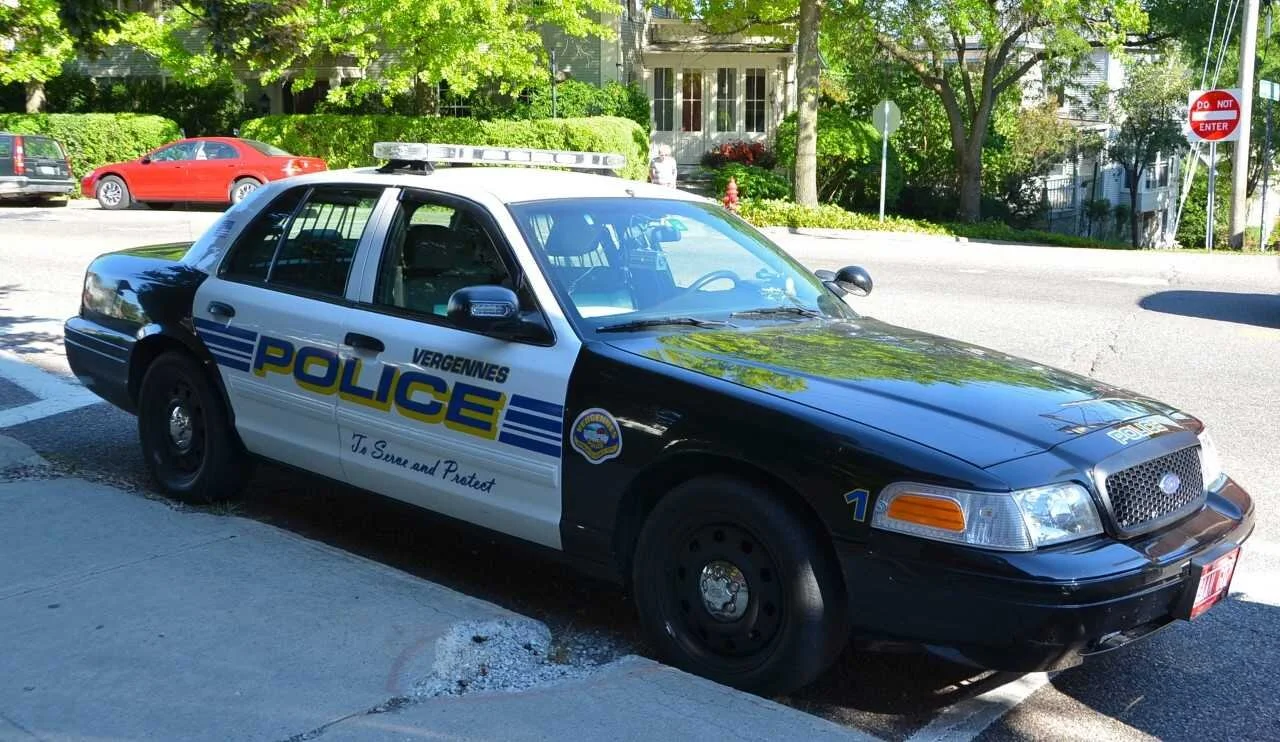Data shows Vermont towns are spending less on police services
As national conversations about police brutality, specifically against Black people, grew louder, Vermont researchers have released a third year of data detailing how much money Vermont towns spend on police services. Researchers at The Center for Research on Vermont gathered data from 98 towns across the state and found that overall police spending is down 0.45%.
According to research coordinator, Emily Anderson, the -0.45% is the first time the average percentage has been a negative number, meaning that police spending across the state is decreasing.
Anderson said, these findings are especially remarkable because data from previous years yielded much higher average percentages of police spending. For fiscal year 2019 to 2020 average police spending was up 3.5% and for fiscal year 2020 to 2021 average police spending was up 6.5%.
“The fact that we're able to see a negative average is pretty significant,” said Anderson.
Seven towns saw increases above 10% or more in spending on police services; Hinesburg, East Montpelier, Montpelier, Waterbury, Thetford, Georgia, St Albans. Another seven towns saw decreases of more than 20% in spending on police services; Rutland, Underhill, St Albans, Arlington, Lyndonville, Pomfret, Greensboro. About 50 towns saw their budgets increase, about 20 decrease, and 30 were flat.
According to Anderson, the research team is suspicious that big outliers like Pomfret, which is spending 54.55% less on police for fiscal year 2021 to 2022, are the cause for the overall decrease. Others suspect the decrease could be the result of a huge social movement to defund the police after the murder of countless Black people at the hands of police.
“Given the ongoing calls to defund the police following the murder of George Floyd and many others by police officers and law enforcement officials, we were interested to see how this was playing out in police spending at the local level,” said Valentina Czochanski the lead student researcher for the Center for Research on Vermont and a senior at UVM.
Researchers examined town websites to find data, looking for funding allocated to police services, for fiscal years 2021 and 2022 and for total general fund spending. In some cases, the researchers emailed and called town officials and they noted that this information was quite difficult to find.
“Collecting information on Vermont town budgets isn't easy, and that's for several reasons. First, towns often post this information in different places on their website. Sometimes websites aren't always up to date, especially during Covid, so sometimes this information is challenging to come across,” said Anderson.
Czochanski said she was also surprised at how inaccessible this information was, especially since these towns are voting to approve town budgets on Town Hall Meeting Day, on March 2.
This is the third time the Center for Research on Vermont has done a study like this, and this is the first time they are seeing an overall decrease. This could be due to larger towns having sharper decreases, but the findings from this study are meant to start a conversation said Richard Watts, the director of the Center for Research on Vermont.
“There seems to be a potential slowing of the rate of increase that Vermont towns are spending on their police,” said Watts.
The research team says they want to further this study by examining why they are seeing this trend and if national conversations have had an effect on these budget numbers.







